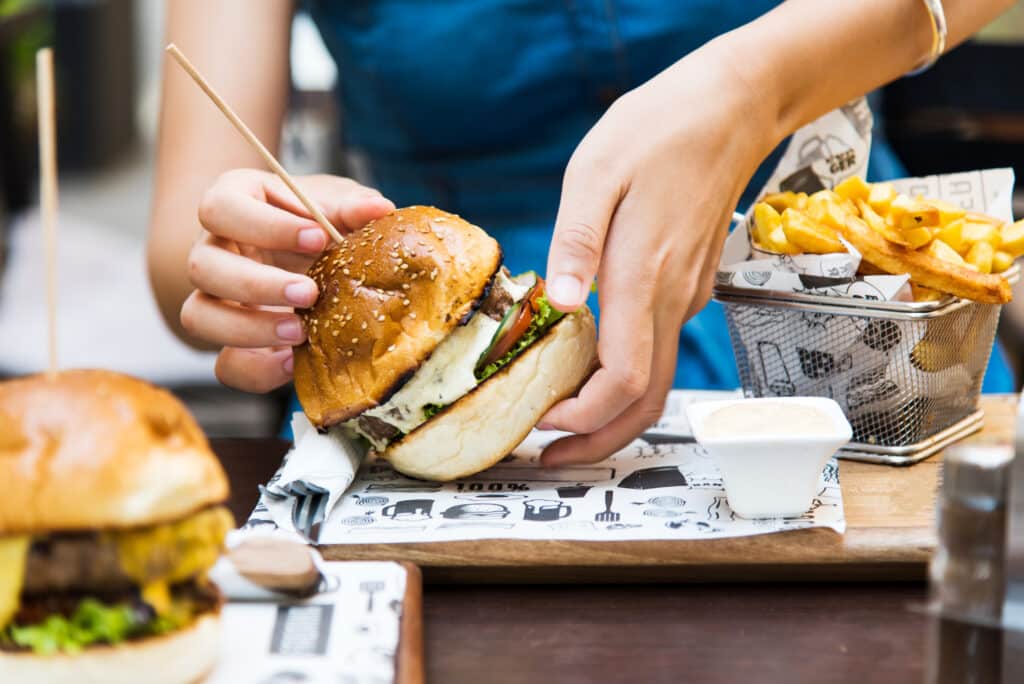However, to a consumer, shrinkflation can seem like a sneaky sales tactic. The cost-cutting strategy has become such a concern that on Feb. 11, 2024, President Biden addressed the matter on X (formally Twitter). He affirmed that U.S. shoppers are noticing that some food and beverages are being sold in smaller increments but at the same price, and appealed to companies to halt the practice.
Shrinkflation is not just an American phenomenon, though. It’s happening across the world. According to a November 2023 Ipsos global poll, 46% of the respondents in 33 countries say they’ve noticed product sizes becoming smaller in their locations.
No matter where you are, therefore, awareness is key.
“If you’re looking at the package in the store, you might not even notice anything different, especially if they use the same branding,” says Julie Ramhold, senior staff writer at DealNews.com, a deal-comparison website.
When the product runs out faster than you remember, though, shrinkflation becomes obvious.


